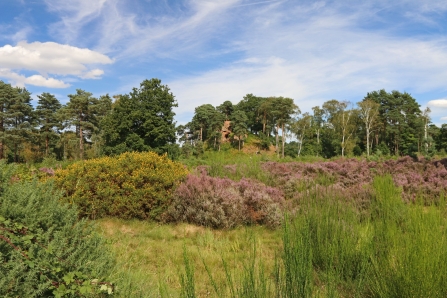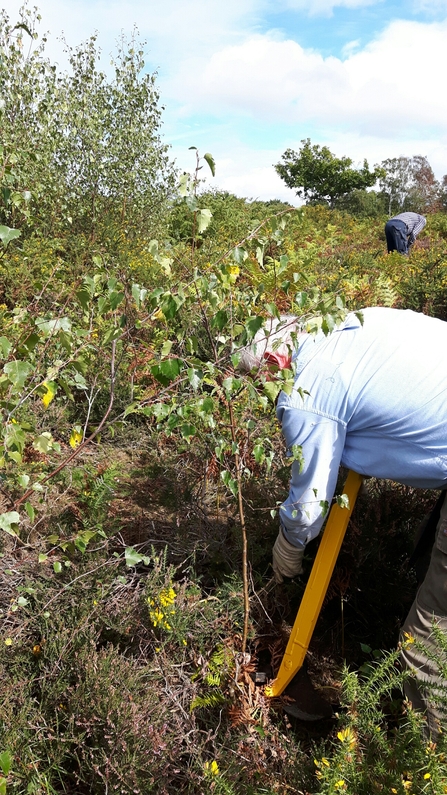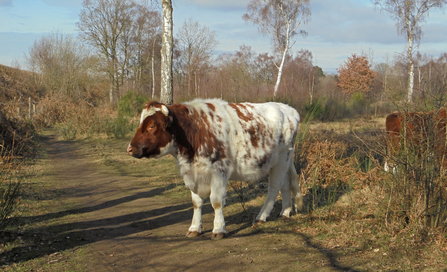Over the last few months I have had the pleasure of working on some of Worcestershire Wildlife Trust’s most ‘extreme’ habitats. Low nutrient, sandy, yet acidic soils give rise to the beautiful areas that we call heathland.
A helping hand for heathlands

The Devil's Spittleful © Wendy Carter
I am so fascinated by heathland because I have always thought of it as an environment that was only found in remote areas of the UK, such as the Highlands of Scotland. Since starting my traineeship I have realised that there is so much potential for large areas in places like Worcestershire to be reverted back into areas of heathland. A great example of this would be The Devil's Spittleful and our most recent project, Dropping Well Farm. The expansion of areas of heathland in projects such as these will nourish this habitat and offer the perfect opportunity for rare wildlife to thrive.
Throughout my traineeship I have undertaken various different types of heathland management. The hands-on practical work that I have been doing has really helped me to understand the importance of why we need to manage heathland, whilst also broadening my knowledge and ID skills along the way. Something I quickly realised through this is that heath has to grow in very particular conditions; the flora that grows here is specifically adapted to the infertile, sandy soils. More importantly, this means that without the correct management, natural succession (were soils become high in nutrients, allowing larger, competitive vegetation to become rooted and take over a particular area of habitat) will take hold and, overtime, turn areas of heathland into secondary woodland.

Volunteers 'tree popping' - removing saplings individually by Andy Harris
One of the most affective ways of preventing this from happening is by removing scrub (woody vegetation.) After I finished my chainsaw course and gained my license, one of the tasks I had to do was remove patches of silver birch. This instantly made a noticeable difference by opening up the area and allowing sunlight in. This then made room for all kinds of vegetation to grow in without being outcompeted by the birch. If the silver birch was left it would soon take over, creating dense areas of trees with a lack of diverse heathland shrubs such as gorse, heather and grasses. Alternatively, when I have been out with volunteer work parties, tree poppers proved to be a really handy tool as they help to pull up the roots of small trees and broom, preventing them from re-growing in the same spot.

Cattle on heathland by Amy Fleming
Another great management technique is grazing, which is historically how heathland used to be maintained. Designated areas for grazing are a great way to prevent scrubland vegetation from encroaching; the cows and sheep love it (they are also very curious and like to come and see what work you are doing).
With the nesting bird season starting soon, I have been installing signs on some of our reserves. Some of these include signs letting people know that dogs should be kept on a lead. This is extremely important because it ensures that wildlife does not feel threatened. Unfortunately, birds like stonechat, yellowhammer and willow warblers are under pressure from human activity. It is so important for people to stick to main paths and keep their dogs on a lead, especially during the spring and summer months as it reduces the risk of a bird leaving their nest and losing their young to predators and even the cold weather. By sticking to main paths and bridleways and keeping your dog on a lead, you are doing your bit to help wildlife!
In all, this is just a small snippet of how much I have grown to love heathland! I have already learnt so much about how amazing heathland is and what it has to offer for wildlife. I’m really looking forward to seeing them in all their glory this year, buzzing with new life and blooms of purple heather.

